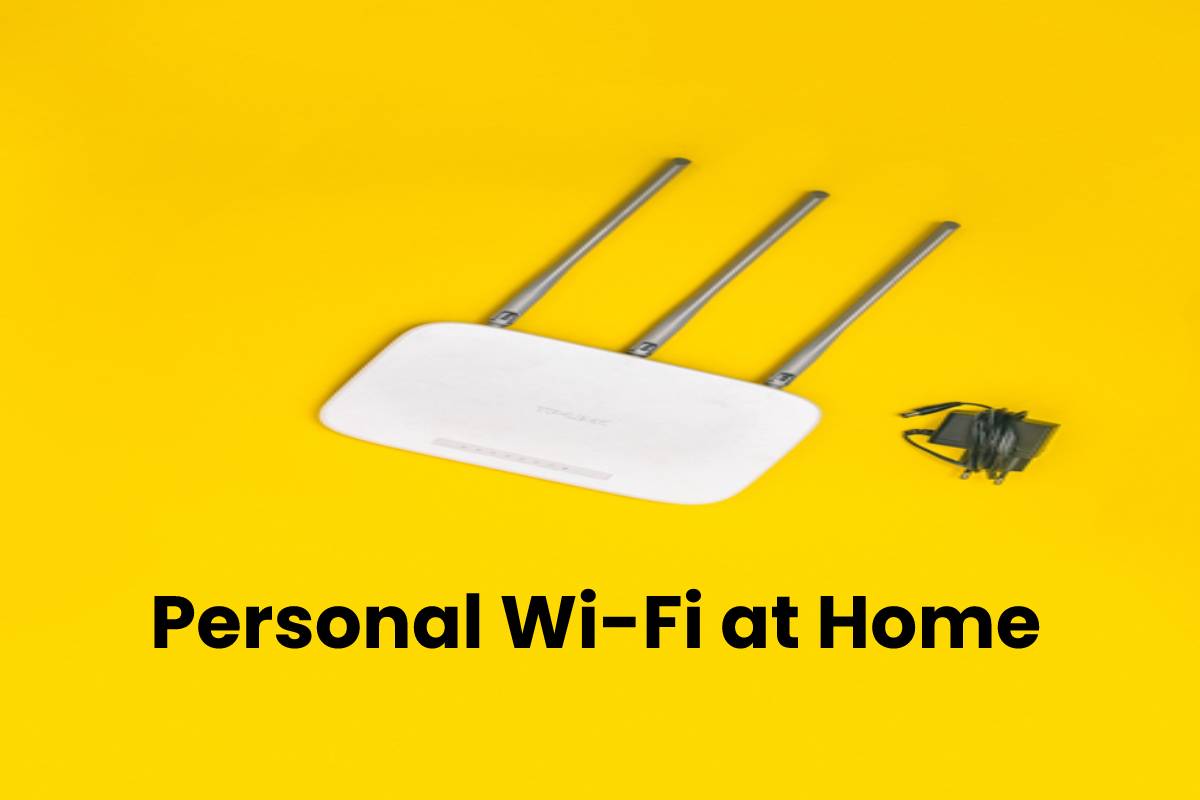Over the last few years, remote work has become a huge trend with an estimated 4.7 million employees now working from home.
Undoubtedly, the pandemic has accelerated its growth even more. While there are many perks to remote work, like flexibility and physical safety, this increased reliance on the internet has its own risks — especially when you consider cybersecurity.
Indeed, home networks are a prime target for cyber threats, especially as the home security systems aren’t always as robust. Bank accounts, card details, and personal information can be at risk once a hacker penetrates a gadget connect to your home network.
So, to make your personal Wi-Fi more secure, here are some things you can do:
Use Optic Fiber
Optic fiber is the fastest home internet available, with a download speed of 1,000mbps max. But it’s the safest option as well. With optic fiber, data gets sent with the speed of light across very thin strands of glass or plastic fiber — making it very difficult for malicious individuals to intercept it. Any attempts at hacking will also be noticed by system administrators.
Install a Hardware Firewall
Every router comes with its own built-in firewall to keep unknown users from gaining access and infiltrating other devices on the network. However, many hackers nowadays have figured out how to breach it. As such, it’s best to add another layer of security using a hardware firewall, which uses a type of PCB that can fit several components into a single board.
This means, despite its small size, it is able to accommodate additional security functions — such as intrusion prevention. It blocks any unwanted traffic before it reaches an end-user device.
Mask your Router’s IP Address
Routers come with a default IP address, which can make it easier for hackers to identify important information such as your router’s location and specs. But changing the IP address makes it hard for hackers to track.
You can do it yourself, and it’s not very complicated, just log into your router as administrator, select Network > LAN, then change the address. Aside from protecting your router, IP addresses such as Cloudflare and DNS are supported by lots of servers, and can make browsing faster.
Keep the Router Firmware Updated
The firmware is a type of software that essentially tells the router what it should do — from setting the security standards of your network to deciding which devices can connect. And like all software, it has flaws that can be exploited by hackers. The more modern routers can update their firm wares automatically, however it’s still best to manually check for updates yourself as well. Certain vulnerabilities and bugs in the firmware can be fix through updates. Software patching also improves security.
Change your Router’s Location
This will only save you from hackers in your immediate area, but it’s still worth doing. The best place for your router is somewhere in the middle of your house. This gives the whole house equal access to the internet. But for security purposes, this won’t let your wireless signal range reach too far out from your house where it could be intercepted by hackers.
It takes a little extra work to make your home network more secure but it’s well worth it, considering what is at stake. If you’re looking for more technology tips and advice, head over to our blog page.


